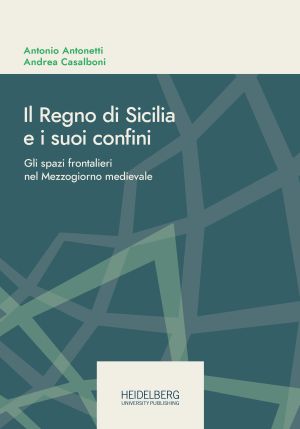Zitationsvorschlag
Lizenz (Kapitel)

Dieses Werk steht unter der Lizenz Creative Commons Namensnennung - Weitergabe unter gleichen Bedingungen 4.0 International.
Identifier (Buch)
Veröffentlicht
Il confine messo alla prova. Comunicazione politica e strategie istituzionali della curia romana durante il primo scontro tra Gregorio IX e Federico II (1228–1230)
Abstract The present chapter examines Pontifical interventions in areas near the border of the Kingdom of Sicily as part of the struggle between Gregory IX and Frederick II in the years 1228/1230. After identifying the question from a historiographical point of view and considering the events of pertinence to this area during the Pontificate of Innocent III, attention is turned to actions taken by the Roman Curia against the cities of Sessa, Gaeta and Sora after they were put under Staufen control. The analysis of papal letters written to the inhabitants of these places brings out some general points: the Roman Curia presented itself as a liberator from Germanic tyranny, protector of local uses, customs and libertates, with explicit reference to the status of communes of the Campagna romana. Although such initiatives were not destined to last due to the reconquest of Fredrick II, they show the Roman Curia’s conscious perception of the importance from border areas. Following the Peace of San Germano, the Popes in the early thirteenth century used different instruments from those of Fredrick II, who pursued a strong defence policy on borders with the Patrimonium. The different approach to border policy is symptomatic of the conception of public power: this was probably one of the reasons why the struggle between Fredrick II and the Papacy was reignited ten years later.






